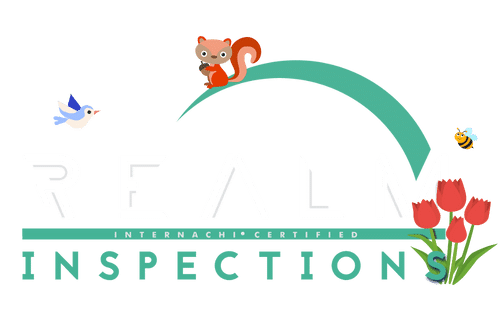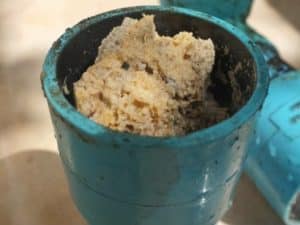Sewer scopes: Insurance Won’t Foot the Bill for Sewer Laterals
How do a sewer scope inspection, sewer laterals, and your insurance relate? Have you ever stopped to think about what’s going on beneath your home’s surface? Most of us don’t until something goes wrong. Picture this: you’ve just moved into your dream home, and everything seems perfect, until you start noticing strange smells or weird noises coming from your basement. What could it be? Well, it might just be your sewer lateral causing trouble.
Understanding Sewer Laterals
But hold on, what exactly is a sewer lateral? Let me break it down for you. The sewer lateral is the underground pipe that connects your home’s plumbing system to the main sewer line. It’s responsible for carrying all the wastewater from your sinks, toilets, and showers away from your home. Now, imagine if this crucial pipe were to develop a problem, like a crack or a blockage. Not only would it cause a mess, but it could also end up costing you a pretty penny to fix.
The Importance of Sewer Scope Inspections
Here’s where sewer scope inspections come into play. These inspections involve using a specialized camera to inspect the inside of your sewer lateral. By doing so, inspectors can identify any potential issues, such as cracks, blockages, or tree root intrusions, that could lead to costly repairs down the line. It’s like giving your sewer system a check-up to make sure everything is running smoothly.
Why Sewer Scope Inspections matter for Insurance
Now, you might be wondering, “Why should I bother with a sewer scope inspection?” Well, let me tell you, it’s all about saving yourself from future headaches and hefty bills. You see, many insurance companies won’t cover claims related to sewer line damage if the issue is pre-existing. That means if you discover a problem with your sewer lateral after moving into your new home, you could be left footing the bill for repairs.
Real-life Example
But fear not, because there’s a simple solution: schedule a sewer scope inspection before closing the deal on your new home. It’s a small investment that could save you thousands of dollars in the long run. Just ask Sarah and John, a couple who recently purchased their first home. They were about to close the deal when they decided to have a sewer scope inspection done. And boy, are they glad they did! The inspection revealed a crack in the sewer lateral that would have cost them a fortune to fix.
Choose Realm Inspections
So, whether you’re buying a new home or you’ve been in your current home for years, it’s never too late to invest in a sewer scope inspection. And when it comes to choosing an inspection company, look no further than Realm Inspections. Their team of experienced inspectors specializes in comprehensive sewer scope inspections that leave no stone unturned.
Protect yourself today
Don’t wait until it’s too late. Schedule your sewer scope inspection with Realm Inspections today and enjoy peace of mind knowing that your sewer lines are in tip-top shape. Trust me, you’ll thank yourself later.
In conclusion, don’t overlook the importance of sewer scope inspections when it comes to your home’s sewer lateral and your insurance provider. It’s a small investment that can save you big bucks in the long run. So, whether you’re buying a new home or you’re a seasoned homeowner, take proactive steps to safeguard your sewer lines with a sewer scope inspection from Realm Inspections.
Ready to schedule your inspection? Contact Realm Inspections today and take the first step towards protecting your investment. Don’t wait until it’s too late—act now and enjoy peace of mind knowing that your sewer lines are in good hands. Your future self will thank you for it.
Check out our other Sewer Scope Inspection articles: Sewer Scope Inspections for New Construction Homes, Unlocking the Secrets Beneath the Power of Sewer Scope Inspections






